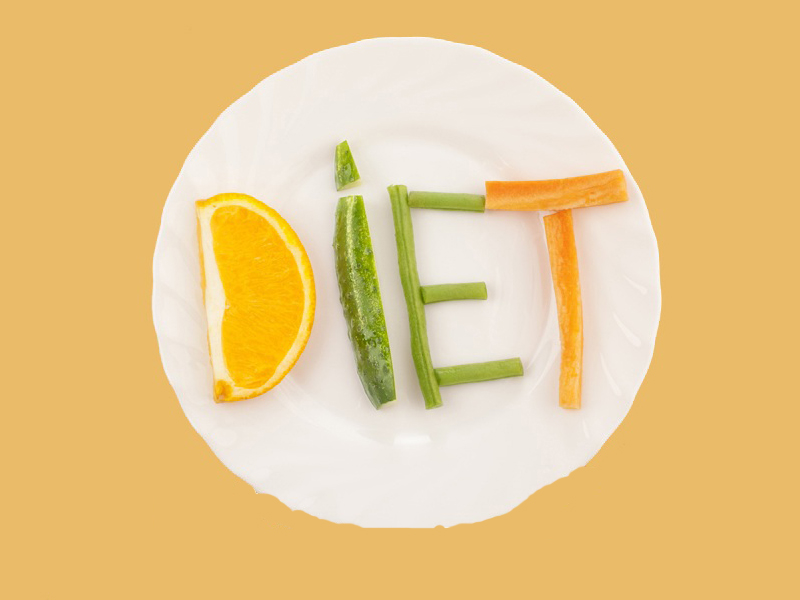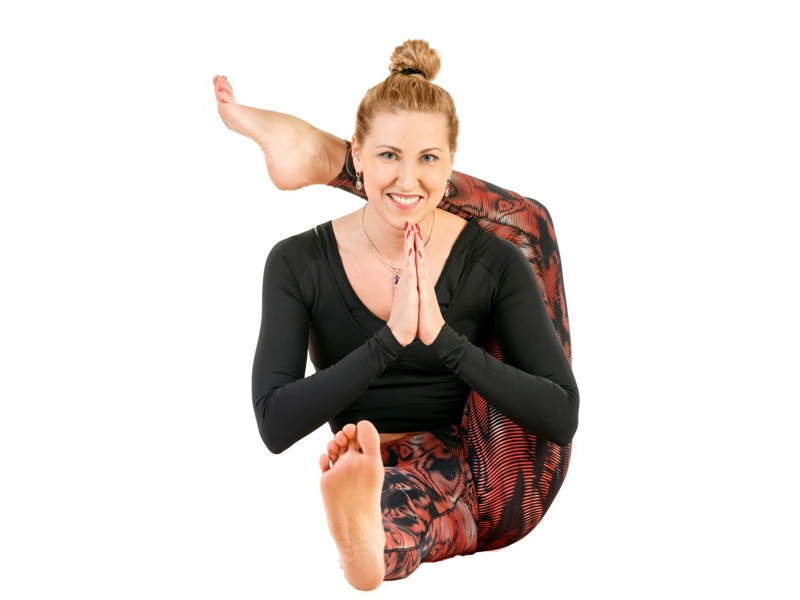Adho Mukha Vrksasana (Handstand Pose) – How To Do And Benefits
There are some who prefer morning jogs with water bottles and the steamy evening gym sessions and then there are the other kinds who prefer a morning mat spread in front of the open balcony and through a series of twists and turns essentially compiled with regulated breathing, achieve their body balance and mental peace. A large part of the yoga regime is spent on working your body through a calm and collected process and hence started the wildfire that now is an eminent part of body care. There is a wide variety of yoga exercises available this particular one being called the Adho Mukha Vrksasana or the classic handstand pose.
How Do We Do It?

This posture is essentially a full handstand which for beginners may not be an easy ordeal. It is of paramount importance that you understand the complexity of the pose and without giving up on it practice your imperfection to perfection. With practice, this will be as easy as any other you know.
3 To start off, for beginners you might want to choose a sweet spot somewhere near a wall which can support your balance. Facing back to the wall, get down in all your fours and get to the downward dog position. At this time, your palms should be pressed shut to the ground prepared to take the weight of the body. The shoulder should be widened out to even out the weight. Now bend the knees and do some practice hops before you strut yourself up to an inverted upright position. Prior to the propping up make sure your arms are equally spaced out to balance the weight.
The first few times are always the worst with you losing your balance or working up your confidence. The wall and at this time might help you but once a pro, you might not even need any surrounding assistance. Once you have managed to go all the way up, straighten your body but not too forcefully. Lock the position with some deep breaths for some seconds probably going into a minute once you are accustomed to it. Slowly release the posture after this and go back to the downward dog position with ease.








